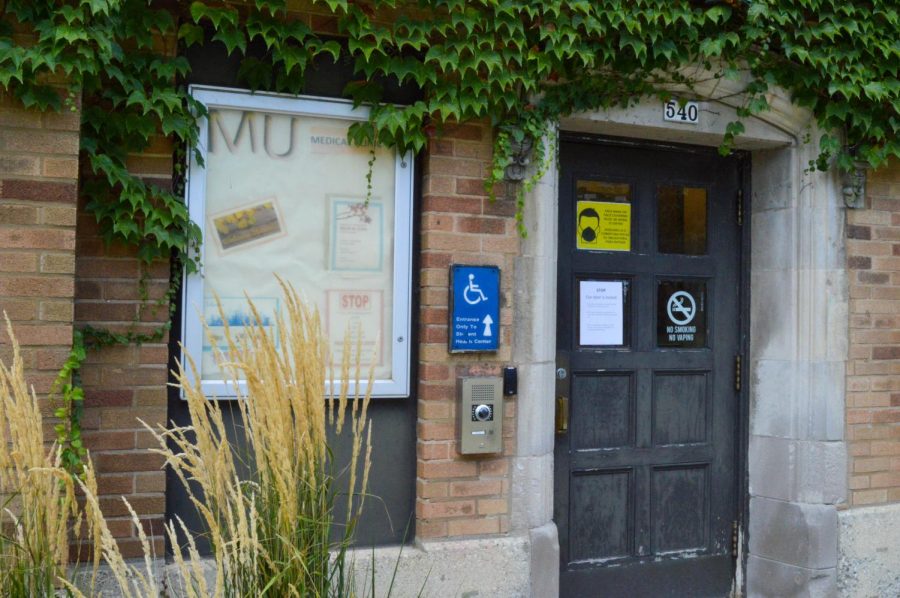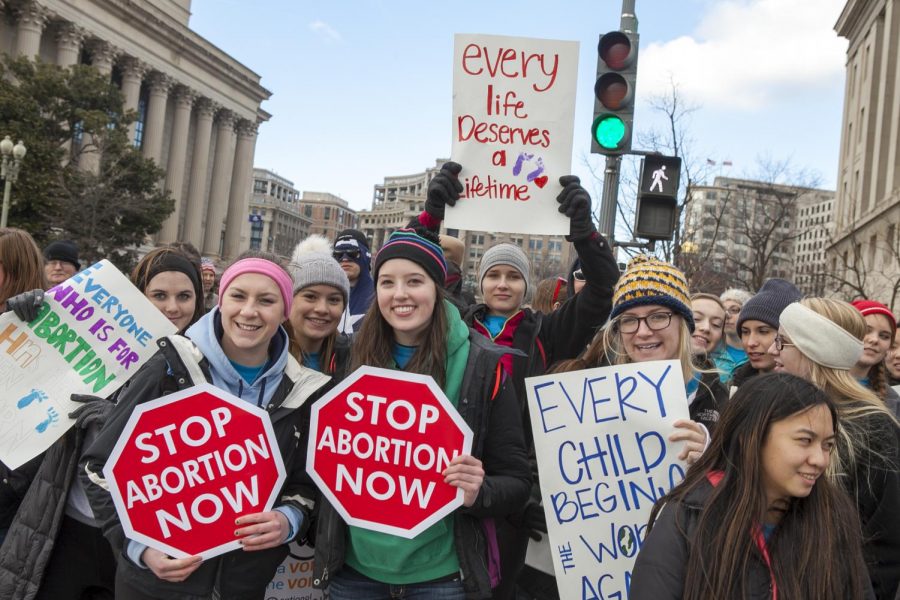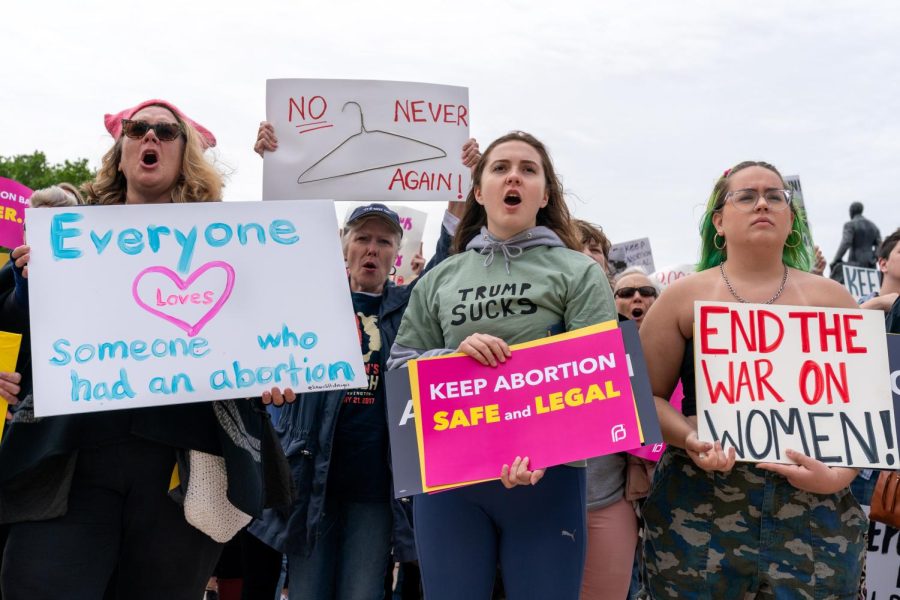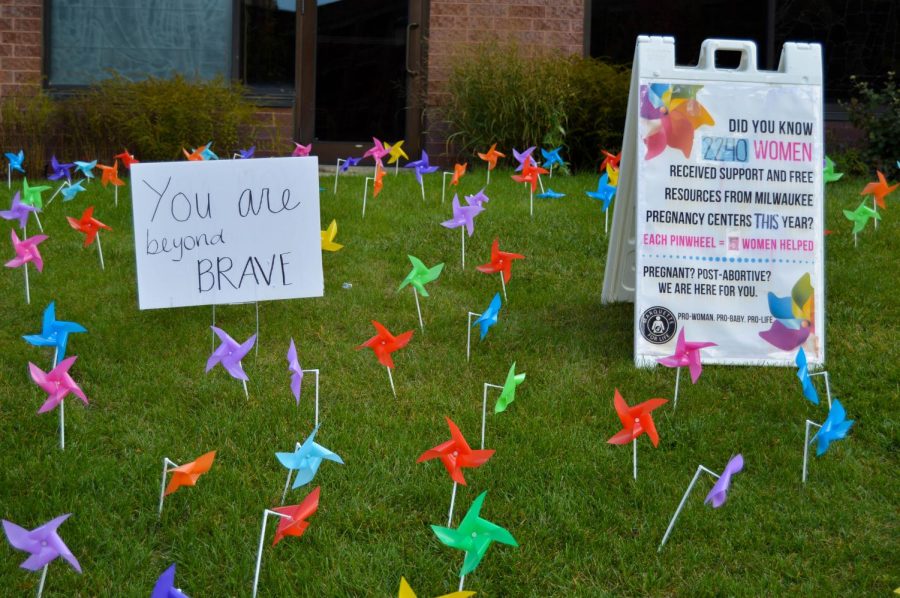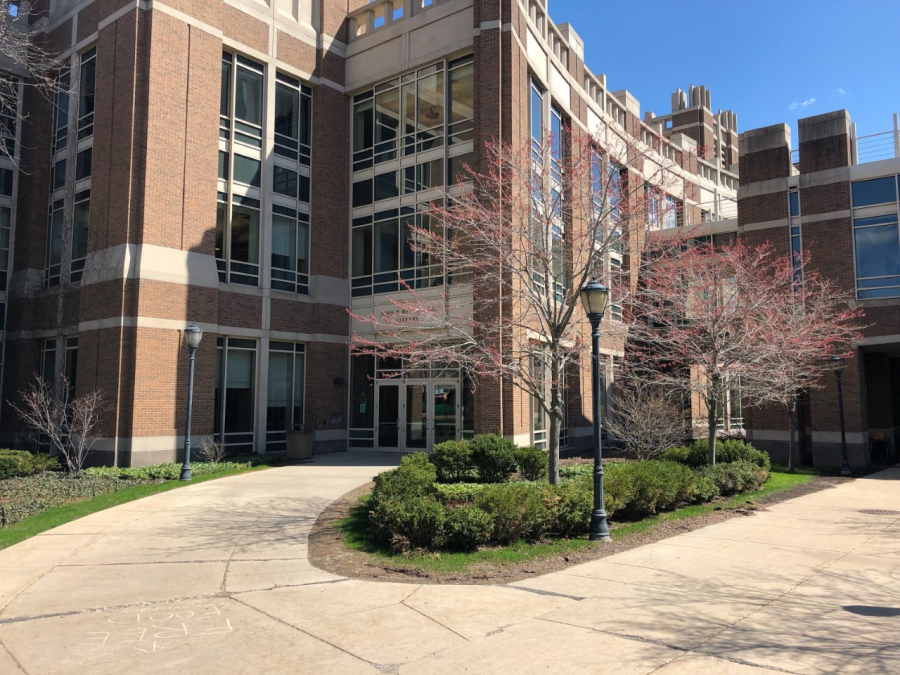Abortion numbers are dropping nationwide, but the falling numbers aren’t necessarily indicative of a long-term change, according to some experts.
According to a recent report released by the Center for Disease Control and Prevention, the number and rate of abortions fell about five percent in 2009. This is the biggest one-year decrease in at least 10 years.
Abortion experts estimate that more than one million abortions are performed each year, though with some states abstaining from reporting numbers to the CDC, as reporting them is voluntary, 785,000 abortions were reported for 2009.
The CDC based the 2009 numbers – the most recent available – on 43 states and two cities that have consistently reported numbers for the last 10 years. Researchers concluded that for every 1,000 women who could bear children, the number of abortions fell from 16 women to 15 in 2009. That is approximately 38,000 fewer abortions per year.
Since 2000, the percentage of reported abortions fell about six percent, and the overall abortion rate fell about seven percent.
Some researchers cite the recession as a reason why people may have been more careful about using birth control, according to a Nov. 21 TIME article on the subject.
Barbara Sella, the associate director for Respect Life and Social Concerns with the Wisconsin Catholic Conference, said that although the number of surgical abortions is decreasing nationwide, medical or non-surgical abortions are rising.
The difference between surgical abortions and medical or non-surgical abortions is that surgical abortions are performed by surgically removing the fetus in a doctor’s office. Medical or non-surgical abortions, which use chemicals to eliminate the fetus, are still rising in numbers, she said.
Sella said the national numbers are also misleading because a number of large states do not report their abortion numbers. Over the years, the number of states reporting abortions has also varied, causing some difficulty when comparing numbers from previous years to more recent statistics. One such state is California, the state with the highest number of abortion providers.
“I do think that the number of surgical abortions will continue to drop,” Sella said. “My hope is that people will say they are taking a human life and look at some other options.”
Sella said the church is promoting three key points when it comes to planning around unplanned pregnancy. Those points are to know that you aren’t alone, to not be afraid to ask for help and that the church is ready to accommodate any individuals, not just Catholics.
“Sometimes what is holding us back is that fear of reaching out and that fear of what other people will think,” Sella said. “You’re not alone, and healing is possible. Many others have been in your shoes and have found themselves at peace. They’ve found a way to move forward without forgetting the child or their action.”
John Jansen, project coordinator at the Pro-Life Action League, said its approach to coordinating pro-life movements is more direct than that of the church.
“More and more people know the reality of life in the womb,” Jansen said. “For years the pro-choice movement would talk about the fetus as just being a ball of cells. That argument is a lot harder to make these days, with the ubiquity of ultrasounds. Thirty years ago, that was an argument that the pro-choice movement could make; today not so much.”
As of press time, various pro-abortion rights advocacy groups, including Planned Parenthood of Greater Milwaukee, the Center for Reproductive Rights, NARAL Pro-Choice America and Washington Women for Choice, were unavailable for comment despite multiple attempts to reach them.




